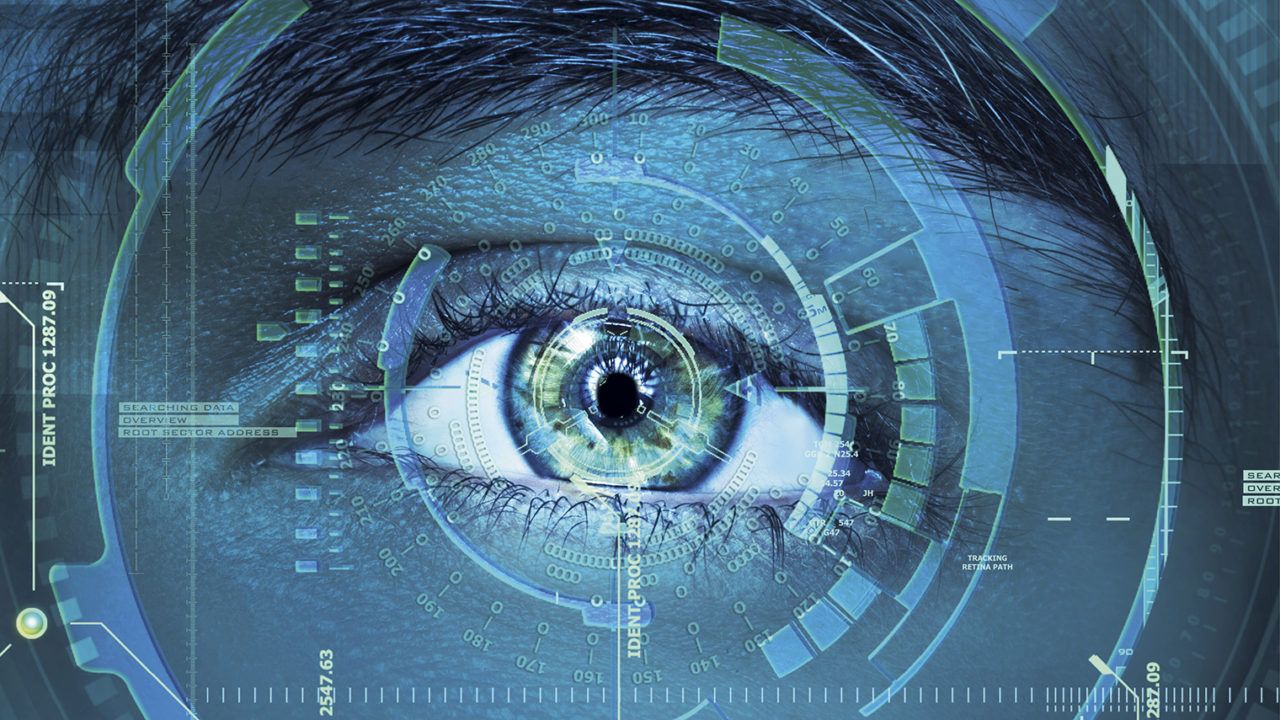-
Products
- SAS - Singalarity Authentication Server & Token Management Server
- TAE - Troubleshooting Analytic Engine
- FSOC - Forensic Security Operations Center
- ST Engineering Data Diode - Secured Data Transfer Gateway
- Rnext - Business Management Platform
- Rnext - QRPay Intra-Gateway
- Rnext - Fintech Solution Platform
- Services
- Industries
- News & Analysis
- Opportunities
- About us
It feels like a natural fit when you think of digital identity and relationships. We use our identity to form relationships that are then used to perform tasks and carry out roles in society. Human beings are creatures that strongly identify as one thing or another. It is the basis of both good and bad things in our world. But, whether good or bad, identity is a strong driver and a deep-seated trait that our society is built upon.
Relationships, by definition, are dovetailed by identity. We use identifying measures like family ties or shared values, to build relationships in the real world. One engaging story about identity and relationships is that involving Irish pubs of the late 60s and 70s who ended up acting as a bank. Ireland in those times was going through a lot of industrial disputes which involved bank closures, often for months at a time. The Irish kept money moving by ‘cashing in’ on relationships. Pub landlords, often the center of a community in Ireland, acted as a kind of notary - customers would create ad-hoc checks which the landlord would cash because they identified the person, had a relationship with them, and knew they would honor the check. The relationship was the pivot of the transaction; people acknowledged each other, money was exchanged, the task was performed. The intricate pieces of the exchange, like money, people, recognition of another, are all the same parts that are needed in the digital equivalent of a transaction.
Digital identity is as dependent on relationships as our offline self. And, creating a digital identity system, especially a customer IAM platform, must be built with this in mind.
Building trust through reciprocal altruism
Customer or consumer IAM is entering the mainstream with market size projections of $37.79 billion and a CAGR of almost 19% by 2023. This fast growth is because digital identity platforms based on identity data, give the users and the services using them, a lot of power. Digital identity in the 21st century is the perfect convergence of human-beings and technology. To make the most of this and build structures that mimic our evolved traits, like trust and relationships, we have to work out how to use technology to express this. One of the most important evolved traits that help to build trust is reciprocal altruism.
Reciprocal altruism is based on the notion that “if I help you now, hopefully, you’ll help me later”. Whereas altruism is found in nature between related entities, like a mother and son, reciprocal altruism is where one party helps out another who is not related to them. Human knowledge sharing and helping out strangers following an accident are examples. Using altruism in a reciprocal way is about creating mutual advantage and trustworthiness and is a crucial aspect of the underlying model.
Digital identity platforms and ecosystems require this same reciprocity in action. We can state that:
The actors are not related, and:
- Do not have a natural instinct to trust each other;
- Do not have any innate sense of trustworthiness.
To build identity ecosystems that work, we need to build reciprocity into the design as this will generate trustworthiness and create more robust identity services.
How to build a reciprocal identity ecosystem
This is just an article and not a blueprint, and each use case will have a different emphasis, but certain aspects of a reciprocally optimized ecosystem are fundamental - the tenets of reciprocal altruism can act as guides to the tenets of the identity ecosystem:
The value of a good brand
When scientists looked at altruistic behavior in human beings they found that people were altruistic more often towards people they liked. Do not underestimate the value of building a respected brand when implementing an identity platform.
Detecting cheats
Reciprocal altruism in the real-world is fundamentally dependent on being astute at detecting cheats. Consequently, a very important part of a system that uses identity and identity data is to make sure these data are true. Verified and assured identity is a good way to do that, but it is usually one-sided. Verification processes the identity owner’s identity but what about the service that consumes the identity data? Reciprocally altruistic identity systems are two-way. The service needs to prove it is trustworthy too. A good brand helps, but you need a way to show your brand is not a cheat. This can be achieved through excellent security, proven privacy and using consent to communicate. These things are not achieved in one fell swoop.
Building for trustworthiness
The Irish pubs in the 70s that were able to vouch for the trustworthiness of their customers did so because they had, over time, built a relationship with those customers. Digital identity platforms and services based on identity data can be designed to become better over time. This can potentially be speeded up using big data and Machine Learning. Information (data) is the center of the identity ecosystem - digital identity being the conduit to share these data. Information can be added to, augmented, and enriched over time, and with use. Build platforms that become more assured and more trusted the more they are used.
Give something back
An identity ecosystem needs to be based on mutual advantage. If a user gives you data give them something back. If you want a user to share information, make it worth their while. This also includes making sure that personal data privacy is upheld.
Multi-party altruism
Robert Trivers seminal work on reciprocal altruism published back in the early 70s, pointed out that human beings act in a mutually beneficial way across multiple parties. Identity systems should be designed, where appropriate, to allow for delegated access to accounts. Delegated access also has the potential to add weight to an identity verification status. For example, you could use professional associations to verify an individual in the same way a professional is used to validate a passport photo - a method of anti-cheating in reciprocal altruism terms.
Human-centered design of digital identity platforms
This was a high-level look at how a reciprocal altruistic design of an IAM system could be beneficial. In reality, there are a number of other moving parts that need to be factored in; this includes a more holistic inclusion of anti-cheating or fraud which is covered throughout the original work on reciprocal altruism. The bottom line is that our identity systems, especially those that utilize personal data, need to be designed, not built. The design has to be human-centered and based on our current understanding of human behavior. An evolutionary anthropologist or behavioral ecologist can be as important as a software developer when creating digital identity and identity data-based services. We need to lead with human-centered design and let the technology follow.
Theo csoonline.com
Share:
RECENT POST
Building relationships with digital identity
20 October 2018
VIB pioneers advanced security solution in online payment
13 October 2018


